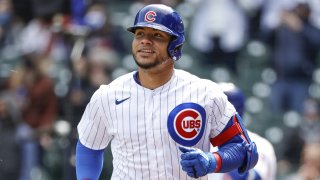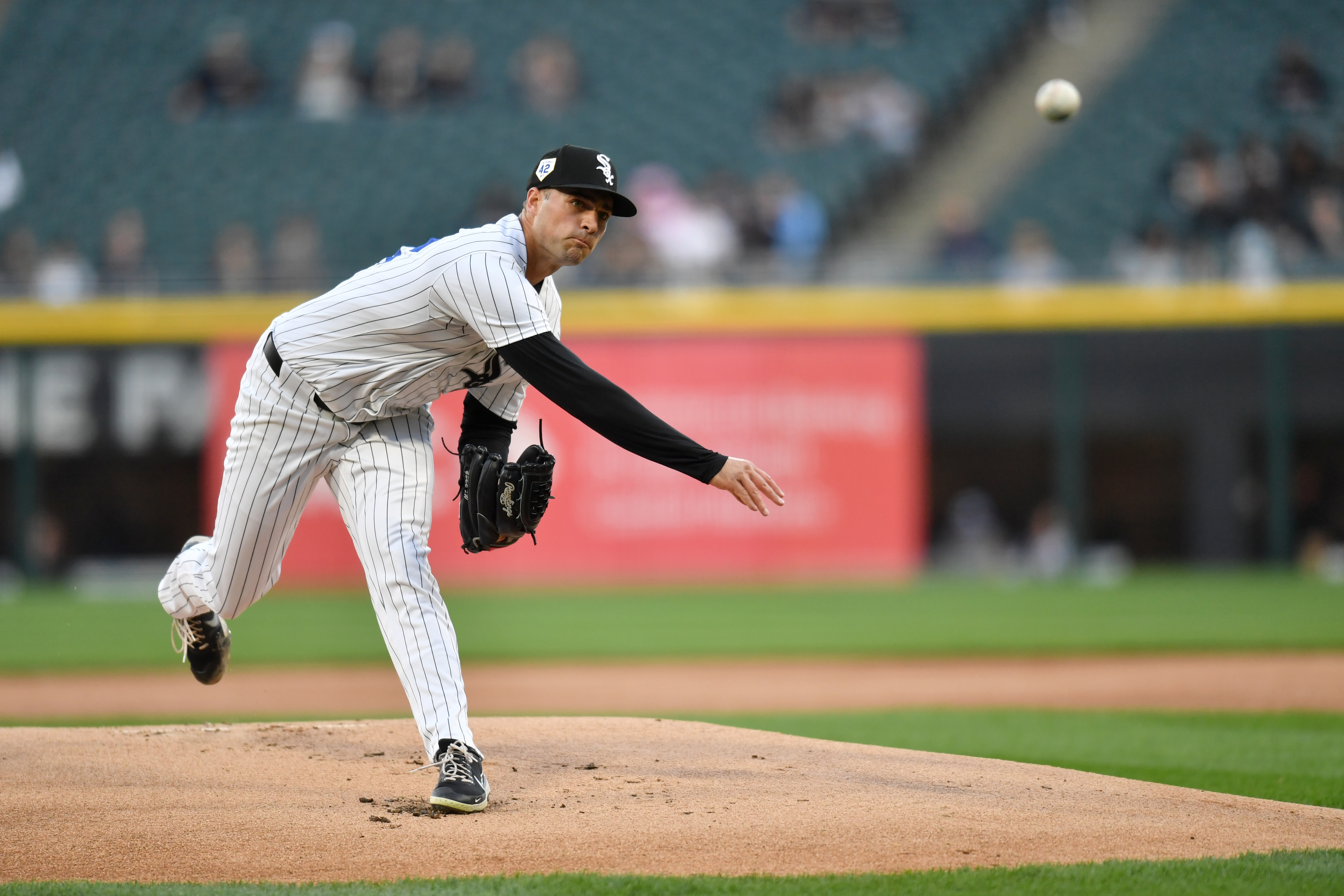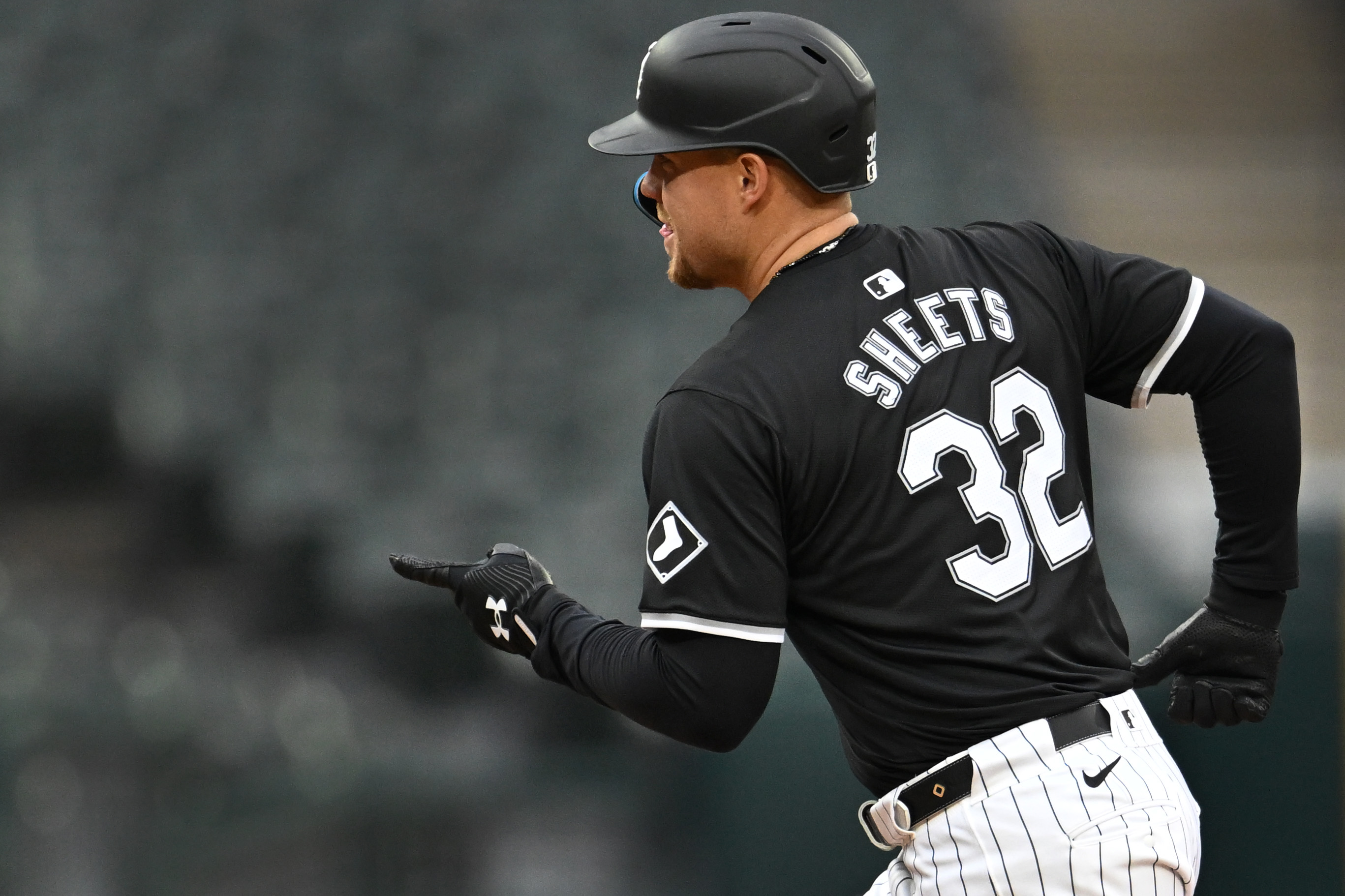
Cubs’ biggest winners, losers under new labor agreement originally appeared on NBC Sports Chicago
MESA, Ariz. — From one end of Mesa, Arizona, to the other on Thursday the mood in baseball swung from stoic optimism among a handful of MLB players at the union’s independent training camp in the morning to relief and elation among management and staff at the Cubs’ spring facility in the afternoon when a labor agreement was finally reached — ending the sport’s second-longest labor shutdown just in time to assure a full 162-game schedule is played this season.
We could ask what the hell took so long? This could have gotten done by mid-January.
But it’s not a bad time to just appreciate the fact they did get it done — and that the agreement reverses commissioner Rob Manfred’s so-called cancelation of the first two weeks.
Feeling out of the loop? We'll catch you up on the Chicago news you need to know. Sign up for the weekly Chicago Catch-Up newsletter here.
The Cubs open at home on April 7 against the Brewers, and the originally scheduled first six games of the season before that will be made up before an expanded, 12-team playoff format begins in October.
In fact, players are expected to start pouring into camps in Florida and Arizona starting Friday, ahead of Sunday’s mandatory report date.
That’s the win that’s easiest to call.
Chicago Baseball
But a first glance at the new agreement also reveals at least a few more winners and losers around this team, based on some of the dates and changes in the collective bargaining agreement.
Winner: Willson Contreras
Whether any of the changes adversely impact Contreras and his long-term future with the Cubs, three developments might benefit him directly, if not specifically increase the likelihood he might sign an extension with the club beyond this final season of arbitration-level club control.
First, the 9.5 percent increase from last year in the first luxury-tax thresholds and subsequent increases during five-year CBA provides even more room within an already flexible payroll for a fair and sizable average annual value on an extension with a big-revenue team that uses that threshold as a payroll cap.
The addition of a designated hitter to the National League also figures to allow the Cubs to keep Contreras’ bat in the lineup more often without wearing him down by keeping him behind the plate for too many innings. That’s something the Cubs said they addressed by signing veteran Yan Gomes as a free agent in November and was how they used the DH during the one-off pandemic season.
And third, the delay of arbitration hearings into the season, rather than rushing them into what’s going to be a monthlong spring training, gives the Cubs and Contreras that much more time to hammer out an extension if it turns out to be something they both want.
(And if not, Contreras potentially hits the free agent market as one of the top catchers in the game with more teams having more money available to spend).
Winner: Patrick Wisdom
The new $50 million bonus pool for pre-arbitration players is designed to get younger players paid more fairly for high performance in seasons when they make close to the league minimum — with rewards for such things as Rookie of the Year awards and MVP and Cy Young votes.
That’s Wisdom’s service-time group, and the fact that the third baseman is already 30 as he comes off a 28-homer rookie year that earned him a fourth-place ROY finish might make him the poster boy for the new system — given his age by the time he would eligible to leverage arbitration and free agency.
“If they want to put me on the poster for that, I’ll be happy for that,” he said Thursday. “I just want to go out there and play my game.”
Wisdom also gets the immediate guarantee of a raise through the increase in the minimum salary from $570,500 last year to $700,000 this year.
Loser: Kris Bryant
The bonus-pool system comes along too late to help the former Cubs All-Star, who won a Rookie of the Year award and followed that up with an MVP in his second season.
But more than that, the rules changes that significantly disincentive manipulating service time also come along too late to help the player whose 2015 grievance case raised the profile of the manipulation issue to new heights — playing a role in these changes. Teams now can get extra draft picks for opening a season with prospects who earn high ROY, kMVP or Cy Young finishes — and player who earns a top-two finish in ROY voting will be credited with a full year of service time regardless when he was called up.
Not only did Bryant come along too late to cash in on either change, but he also hit free agency a year later and a year older because the Cubs held him in the minors the exact number of days it took to secure an extra year of club control.
Loser: Vijay Tekchandani
The Cubs’ traveling secretary went from a quiet Thursday morning to a burnout-pace workload by afternoon as players scattered from Puerto Rico and the Dominican Republic to Florida and California suddenly need to get to Mesa in the next two days — with myriad sundry needs to be met upon their arrivals.
Loser: Jed Hoyer
The Rule 5 draft has been canceled. Big deal? Remember, the last time the Cubs were rebuilding a roster, they picked up an eventual playoff closer (Hector Rondon) in the Rule 5 draft in 2012. That’s certainly rare. But just as certain is that the Cubs are among the teams that were in position to roll the dice on an upside player and keep him on the big-league roster all season as the draft rules require to keep him in the system. Hoyer, the general manager when Rondon was plucked from Cleveland, won’t get the chance to try this time as the team president.
Winner: Jed Hoyer
Of course, the flip side of that Rule 5 thing is that a Cubs team putting renewed emphasis on its farm system won’t lose an unprotected player such as former first-round pick Brendon Little from the system.
But what might make Hoyer the bigger winner under the new agreement is if MLB exercises its right after this season to implement a pitch clock — supposedly limiting pitchers to 14 seconds between pitches with nobody on base and 19 seconds with runners on.
What’s that got to do with Hoyer? He’s the one who traded a slow-working Cy Young runner-up from a division winner for a bunch of teenage prospects because he was forced to cut payroll. Yu Darvish’s competitive renaissance with the Cubs began when he was allowed to be himself, be comfortable and take as much time between pitches as he desired — upwards of 30 to 35 seconds.
With two more years left on Darvish’s contract, the timing of that deal in the long run might make it look good for Hoyer no matter what prospect Owen Caissie and Co. do if Darvish struggles with a time limit.






